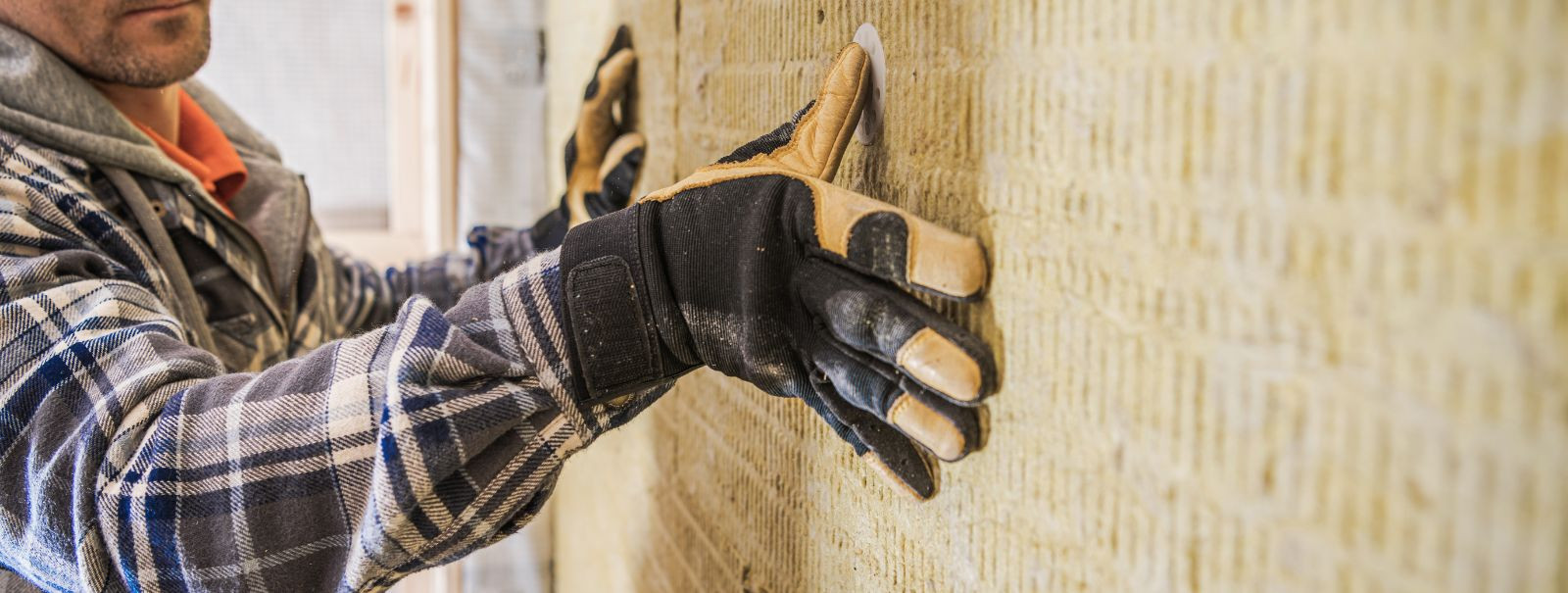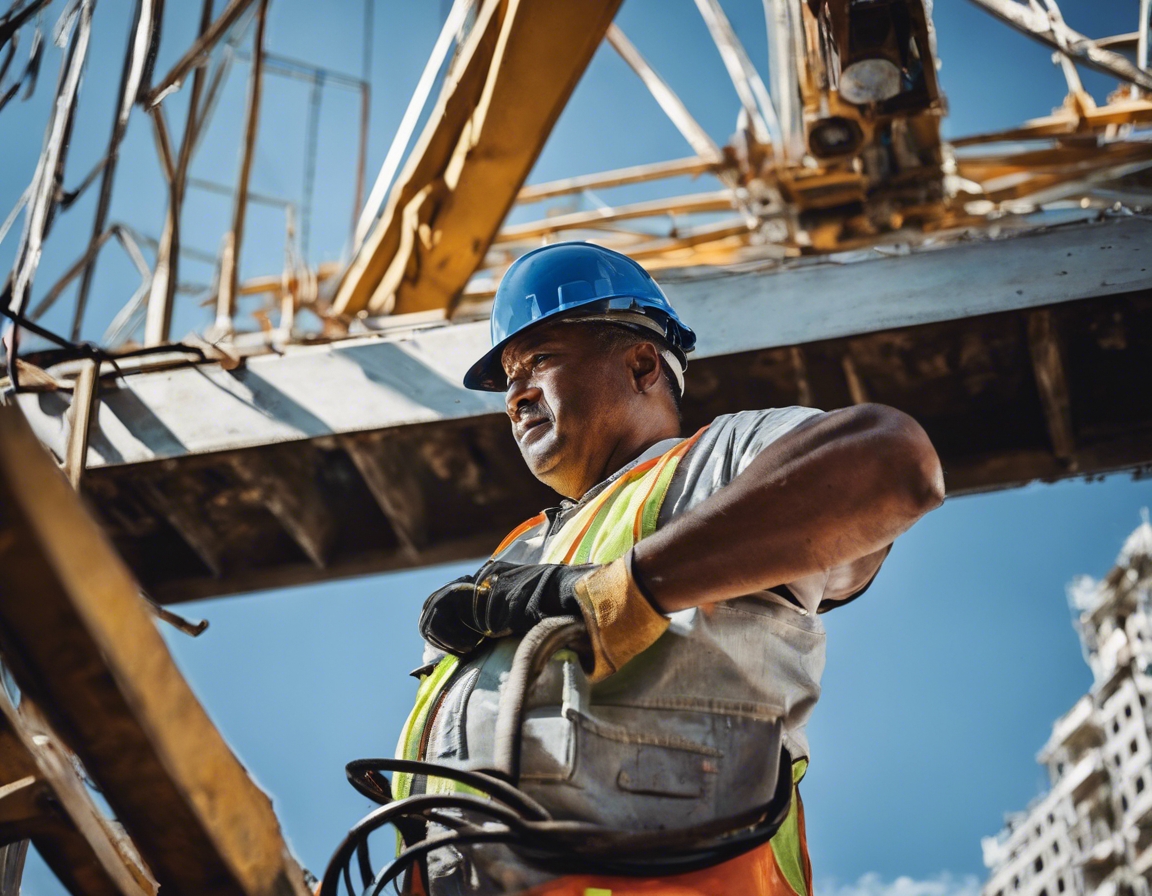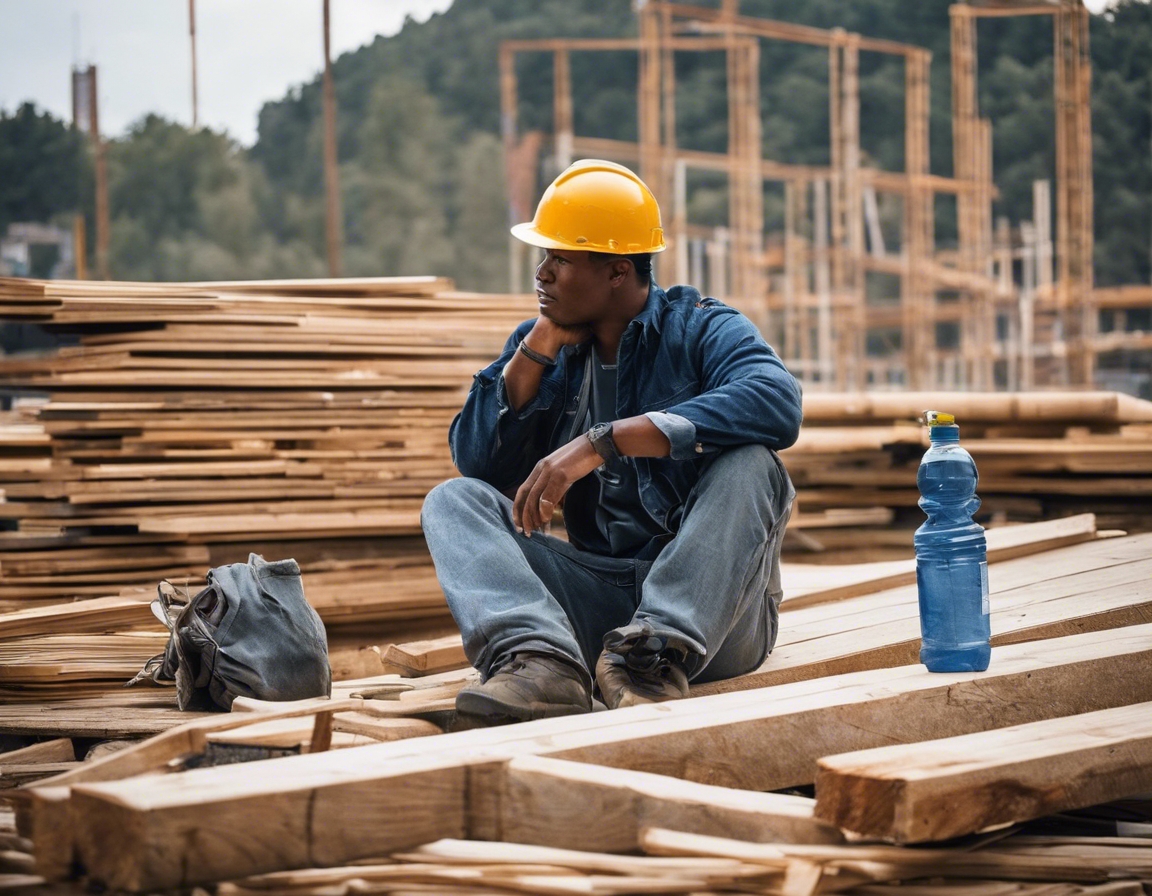5 trends shaping the future of sustainable construction
Sustainable construction is no longer a niche market. With the increasing awareness of climate change and the need for environmentally responsible practices, the construction industry is undergoing a significant transformation. Sustainable construction involves the use of processes and materials that are resource-efficient and environmentally friendly throughout the life cycle of a building.
Emerging Trends in Sustainable Construction
The use of green building materials is a trend that's gaining momentum. These materials are sourced, processed, and manufactured with minimal environmental impact. They include recycled materials, renewable resources like bamboo and cork, and products with low volatile organic compounds (VOCs). The emphasis on materials that contribute to better indoor air quality and overall health is paramount.
Energy efficiency remains at the forefront of sustainable construction. Innovations such as high-performance insulation, energy-efficient windows, and smart HVAC systems are becoming standard. The integration of renewable energy sources like solar panels and wind turbines is also on the rise, making buildings more self-sufficient and reducing their carbon footprint.
Building Information Modeling (BIM) technology is revolutionizing the construction industry. BIM provides a digital representation of the physical and functional characteristics of a building, allowing for better decision-making throughout the construction process. It enhances collaboration among stakeholders and leads to more accurate planning, reducing waste and inefficiency.
Water conservation and management are critical in sustainable construction. Systems for collecting rainwater, greywater recycling, and efficient fixtures are becoming more prevalent. These systems not only reduce the demand for potable water but also minimize the strain on municipal water systems and the environment.
Modular and prefabricated construction methods are on the rise due to their ability to reduce waste and construction time. These methods involve assembling components or entire buildings in a factory setting before transporting them to the construction site. This controlled environment allows for more precise construction, less material waste, and improved overall sustainability.








Comments (0)